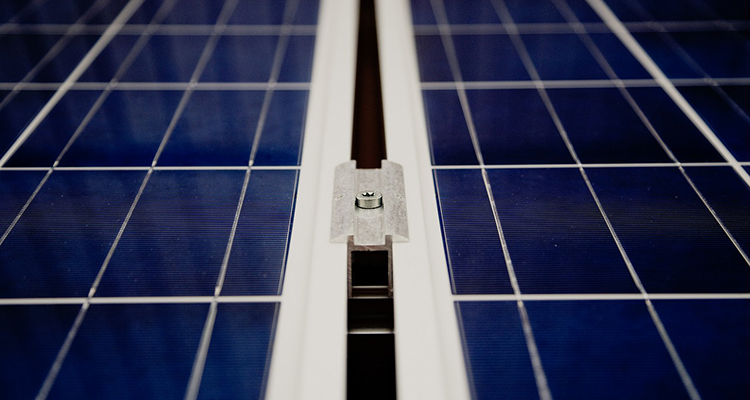France is increasing solar capacity by incorporating solar panels to roads
France intends to cover around 1000 km of its roads with solar panels within the next five years. The panels were newly innovated and patented specifically to suit the ambitious plans of the Minister of Ecology, Sustainable Development and Energy, Ségolène Royal.
France has decided to bring the future of solar forward by incorporating photovoltaic panels in some of its roads – a project to be financed by higher gasoline taxes. Within the next five years, around 1000 km shall be covered accordingly, thus sparing nature from further construction. As some roads are only used about 10 % of the time, why not let them generate energy during the rest of the day. After all, a mere 20 m² of solar panels can produce all the energy required by one household.
Specifically developed solar panels
In order to make these plans work, Colas, a French engineering firm specialising in road construction, and INES, the French National Institute for Solar Energy, teamed up to develop new solar panels that would fulfill all necessary requirements. After five years of research, Wattway was born, a combination of road construction and PV techniques. The Wattway panels are made of polycrystalline silicon and about seven millimetres thick.
Panels can be added to existing roads
In order to set up Wattway panels, there is no need for any road constructions, as these panels can simply be applied onto the existing roads. Since they are so thin, they can easily adapt to thermal dilation or heavy vehicles running over them. As the cells are inserted in superposed layers, resistance and tire grip are ensured and cars can drive safely.
France is a pioneer for solar roads, having opened the first ever road of this kind last year in the small village of Tourouvre-au-Perche in Normandy. This road has a length of 1 kilometer and cost 5.2 million USD. It remains to be seen what price tag Wattway roads will have.
Source: PV Europe





